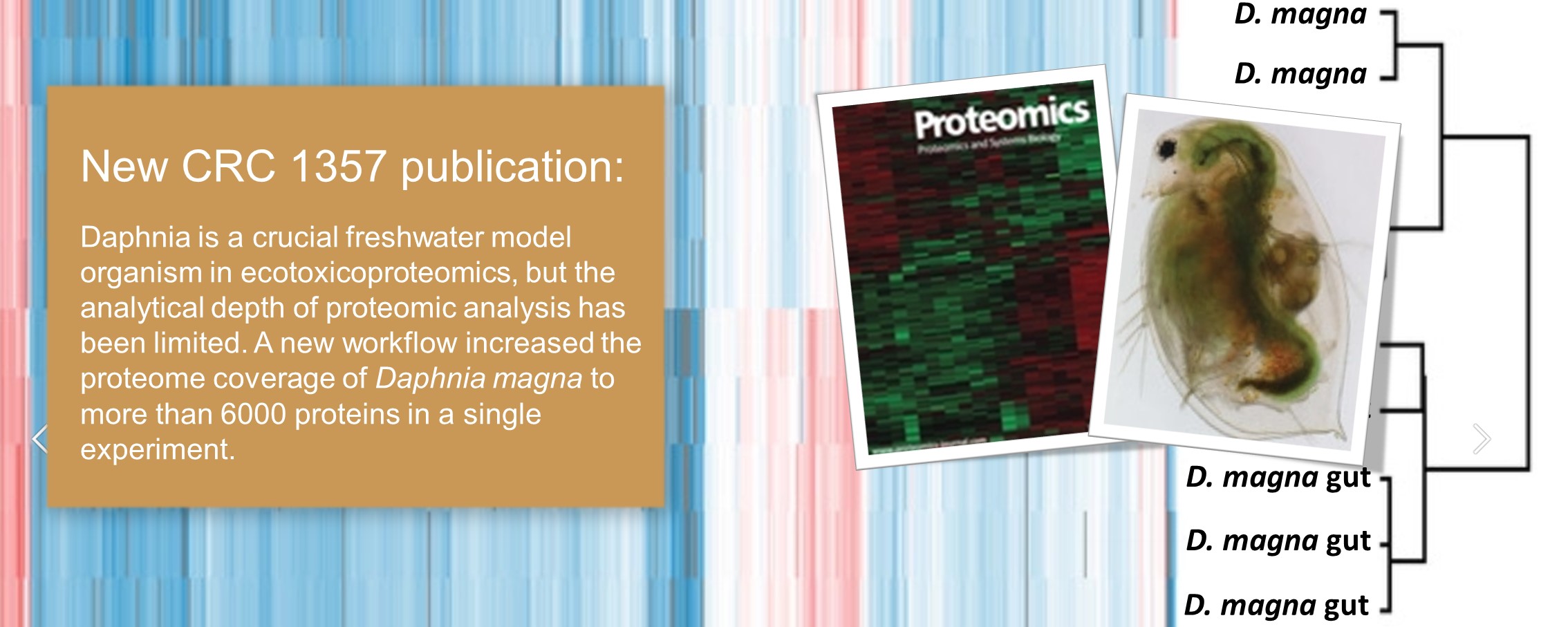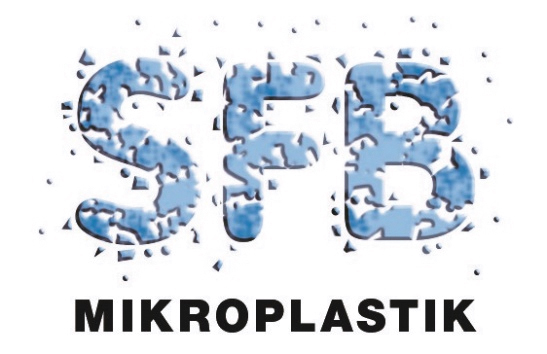News
New CRC 1357 publication: Wilde (2022) - Improving the proteome coverage of Daphnia magna - implications for future ecotoxicoproteomics studies
10.02.2022

Congratulations to the A01 Team: Lena Wilde; Julian Brehm; Michael Schwarzer; Jan Stöckl; Christian Laforsch and Thomas Fröhlich on their new research article in the journal Proteomics:
"Improving the proteome coverage of Daphnia magna - implications for future ecotoxicoproteomics studies"
DOI: https://doi.org/10.1002/pmic.202100289
Abstract: Aquatic pollution is an increasing problem and requires extensive research efforts to understand associated consequences and to find suitable solutions. The crustacean Daphnia is a keystone species in lacustrine ecosystems by connecting primary producers with higher trophic levels. Therefore, Daphnia is perfectly suitable to investigate biological effects of freshwater pollution and is frequently used as an important model organism in ecotoxicology. The field of ecotoxicoproteomics has become increasingly prevalent, as proteins are important for an organism’s physiology and respond rapidly to changing environmental conditions. However, one obstacle in proteome analysis of Daphnia is highly abundant proteins like vitellogenin, decreasing the analytical depth of proteome analysis. To improve proteome coverage in Daphnia, we established an easy-to-use procedure based on the LC-MS/MS of whole daphnids and the dissected Daphnia gut, which is the main tissue getting in contact with soluble and particulate pollutants, separately. Using a comprehensive spectral library, generated by gas-phase fractionation and a data-independent acquisition method, we identified 4621 and 5233 protein groups at high confidence (false discovery rate < 0.01) in Daphnia and Daphnia gut samples, respectively. By combining both datasets, a proteome coverage of 6027 proteins was achieved, demonstrating the effectiveness of our approach.

